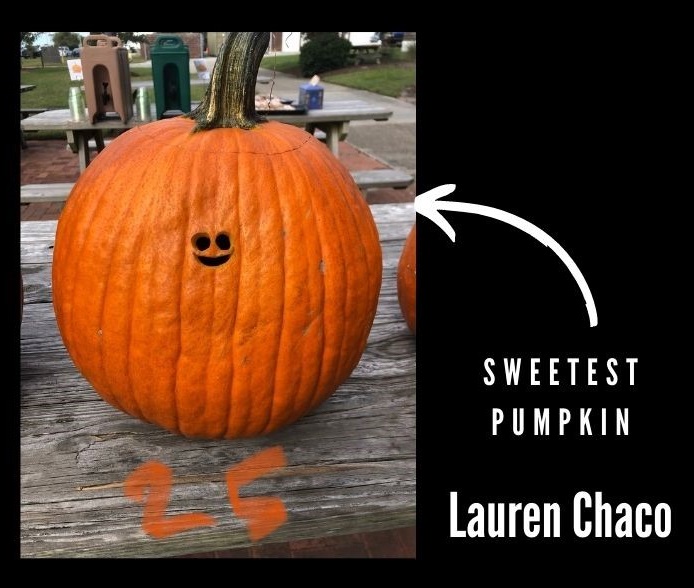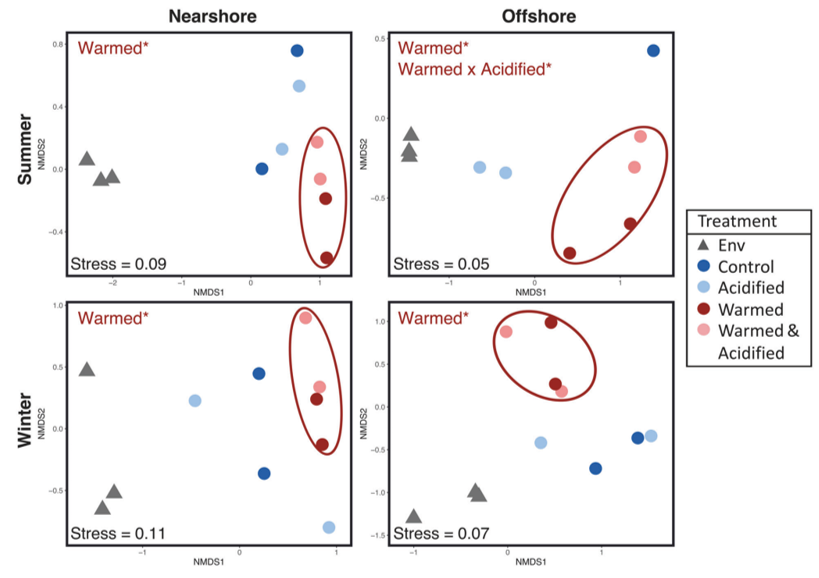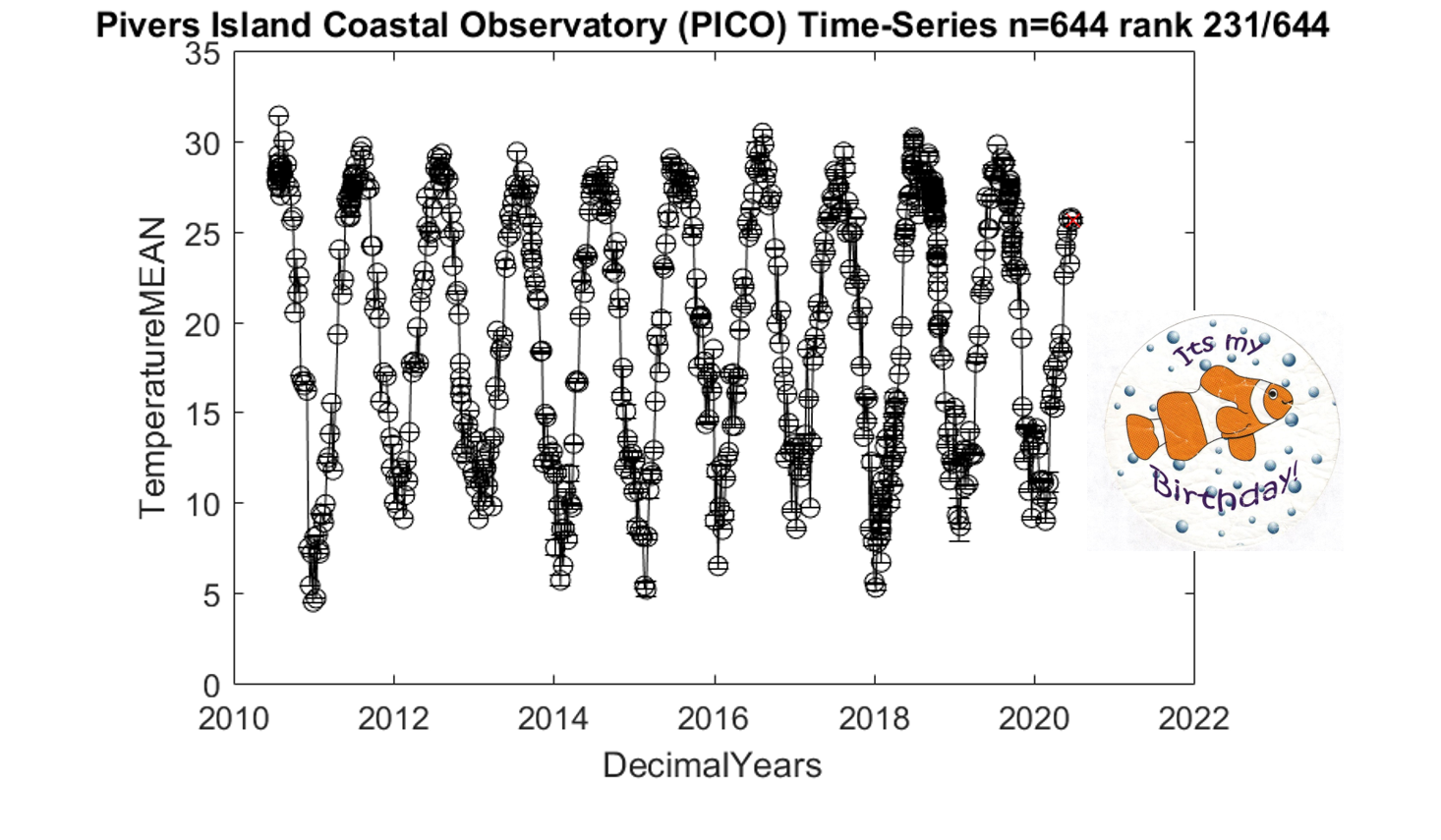The database on ocean primary productivity comprises over two decades (1985–2008) of data that the authors have participated in collecting, using the assimilation of inorganic 14C through photosynthesis, in incubations carried out in situ. The dataset is perhaps unique in that it uses, overwhelmingly, consistent methodology while covering a wide geographic […]
Yearly Archives: 2020
While disappointingly not algae related….unless it is….Lauren was a winner at the 2020 DUML pumpkin carving competition. Well done!
Xie N, Hunt DE, Johnson ZI, He Y, Wang G (2020). Annual Partitioning Patterns of Labyrinthulomycetes Reveal Their Multifaceted Role in Marine Microbial Food Webs. Appl Environ Microbiol: AEM.01652-01620. https://doi.org/10.1128/aem.01652-20 Heterotrophic microbes play a key role in remineralizing organic material in the coastal ocean. While there is a significant body […]
Economical production of algal commodities (food, feed, and fuels) requires reusing cultivation water to reduce operating costs. While some algae strains show growth inhibition in reused water, other strains appear unaffected. Reusing water to grow different strains (i.e., crop rotation) could potentially improve overall biomass production compared to water reuse […]
Ambient conditions shape microbiome responses to both short- and long-duration environment changes through processes including physiological acclimation, compositional shifts, and evolution. Thus, we predict that microbial communities inhabiting locations with larger diel, episodic, and annual variability in temperature and pH should be less sensitive to shifts in these climate-change factors. […]
A substantial body of research now exists demonstrating sensitivities of marine organisms to ocean acidification (OA) in laboratory settings. However, corresponding in situ observations of marine species or ecosystem changes that can be unequivocally attributed to anthropogenic OA are limited. Challenges remain in detecting and attributing OA effects in nature, in part […]
Coastal acidification in southeastern U.S. estuaries and coastal waters is influenced by biological activity, run-off from the land, and increasing carbon dioxide in the atmosphere. Acidification can negatively impact coastal resources such as shellfish, finfish, and coral reefs, and the communities that rely on them. Organismal responses for species located […]
The Pivers Island Coastal Observatory turned 10-years old today! What started out as an undergraduate summer project focused on nearshore ocean acidification, has blossomed into a comprehensive microbial and biogeochemical time-series with more than 1000 time points (and still going) and with extensions to the open ocean. We look forward […]
Microalgae hold great promise as environmentally sustainable sources of food, animal feed, and fuel. However, large amounts of water are used during microalgae cultivation and this negatively impacts economic viability and environmental sustainability. Reusing cultivation water can reduce the direct impacts of water usage and also reduce nutrient requirements and […]
The Pivers Island Coastal Observatory (PICO) sampled its 1000th time point today. The time-series, was started in 2010 by a Duke undergraduate (Christina C.) interested in the temporal variability of ocean acidification. Ten years later, the time-series has generated a rich, publically available dataset to examine the physical, chemical and […]







